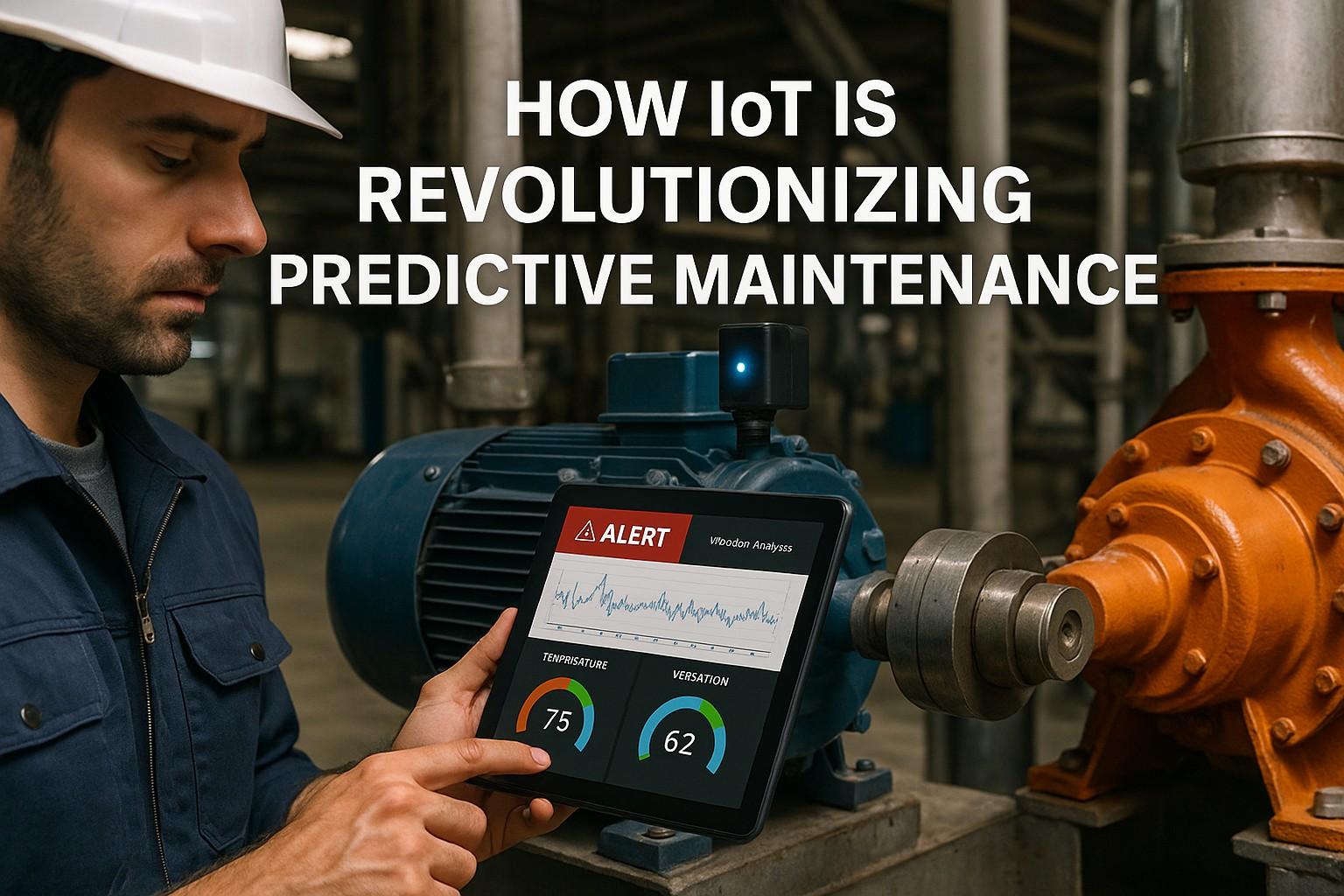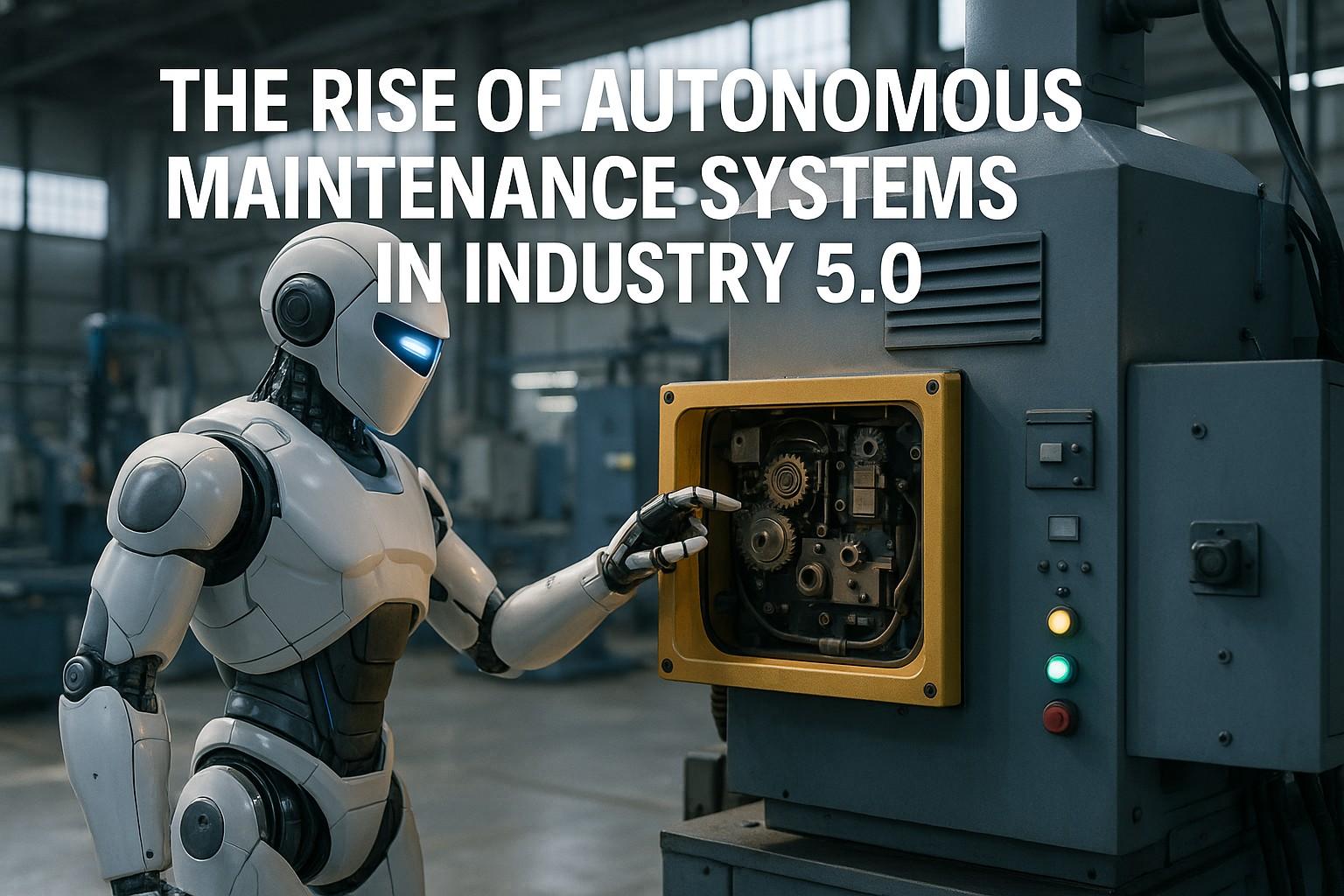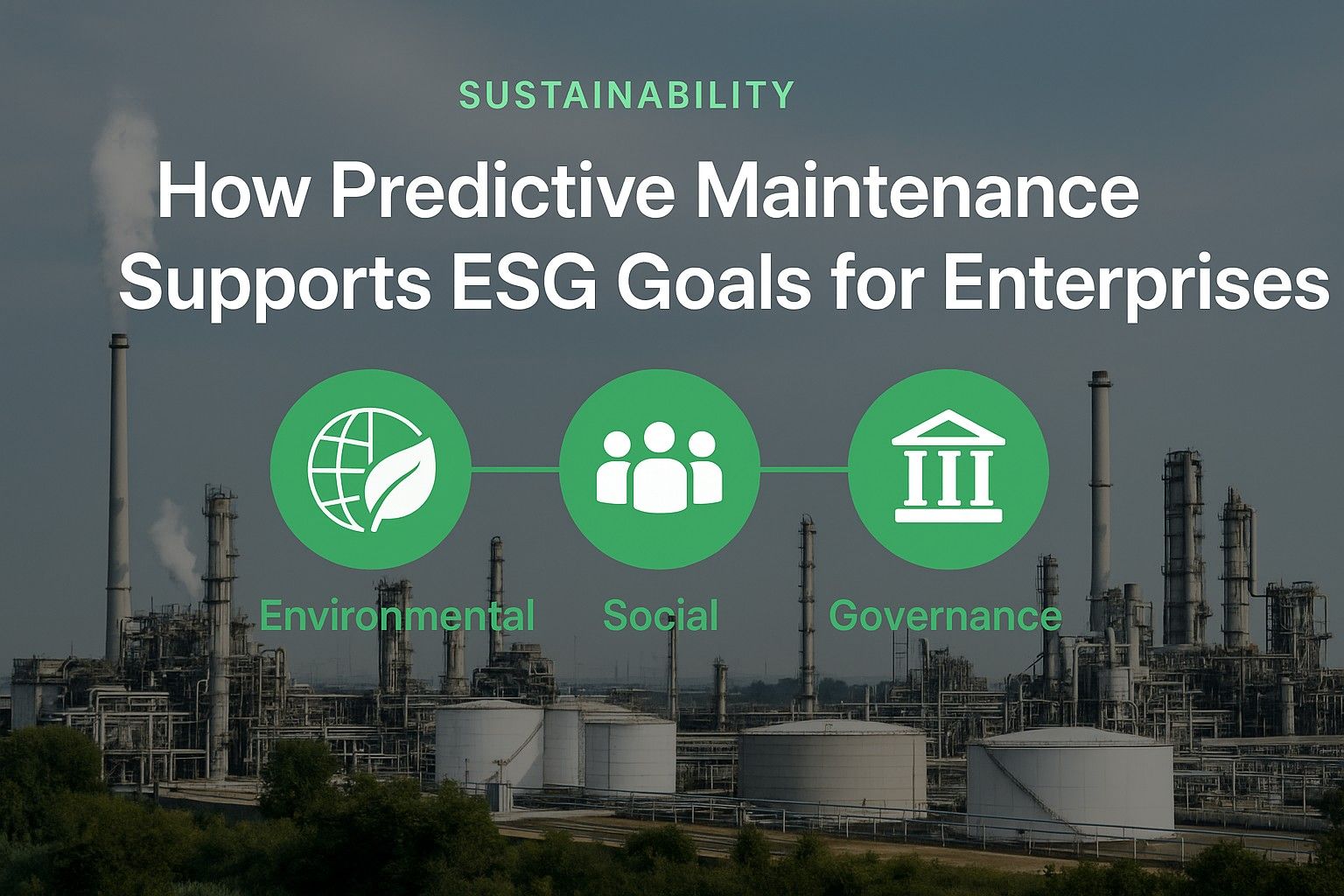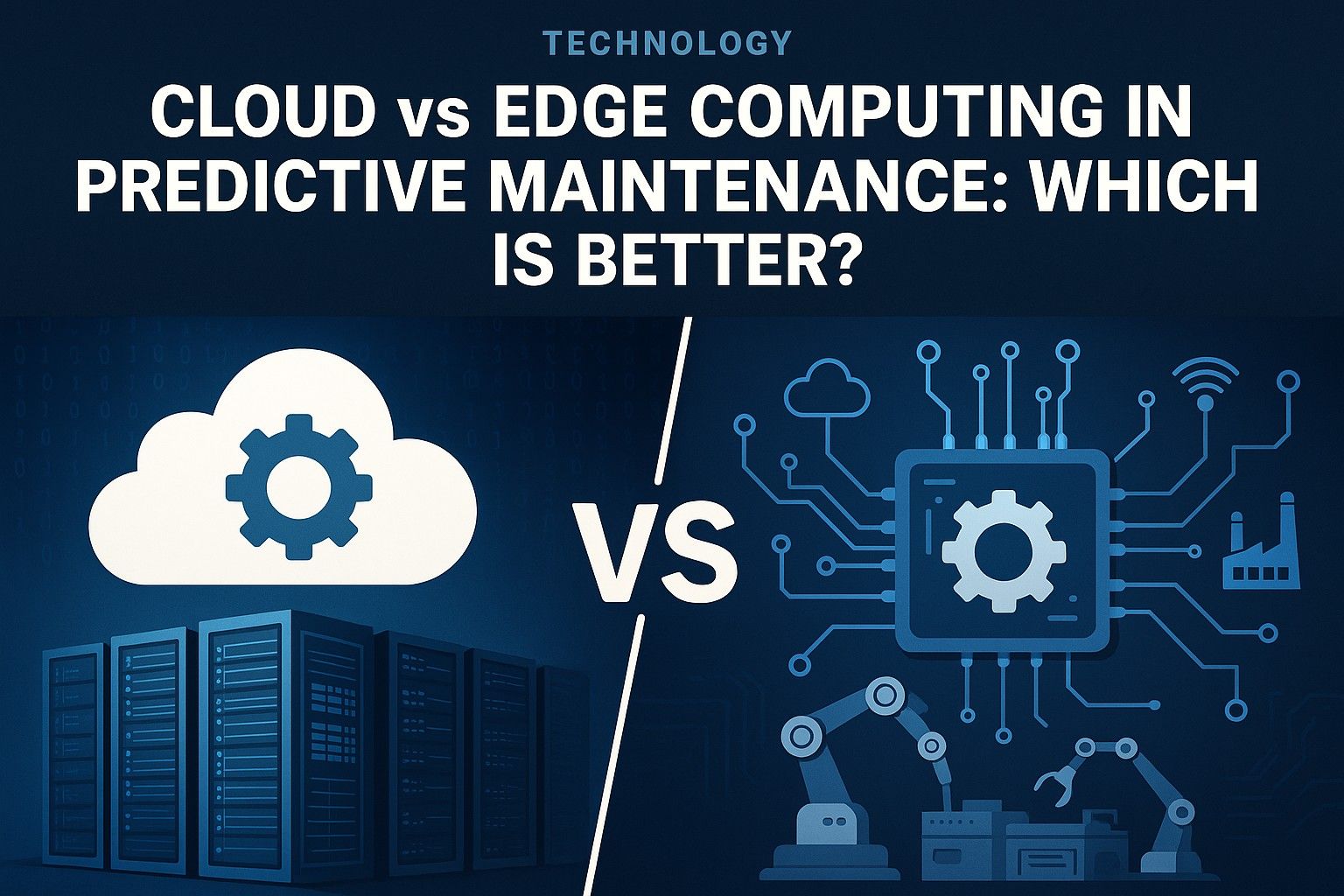Your maintenance team receives an urgent alert at 2:47 AM: "Critical bearing temperature spike detected on Production Line 3 - immediate intervention required." Within minutes, technicians arrive to replace the failing bearing component, preventing a catastrophic $250,000 equipment failure and 48 hours of unplanned downtime. This scenario represents the power of IoT-enabled predictive maintenance transforming industrial operations from reactive firefighting to proactive asset optimization through smart factory sensors and condition monitoring IoT systems.
Traditional maintenance approaches rely on fixed schedules or equipment failures, costing American manufacturers an estimated $50 billion annually in unplanned downtime. IoT sensors and predictive analytics change this equation entirely, providing continuous equipment health monitoring that identifies problems 30-90 days before failure occurs, enabling strategic maintenance interventions that maximize asset performance through industrial IoT solutions and maintenance 4.0 technologies.
Manufacturing facilities implementing comprehensive IoT predictive maintenance achieve 35-50% reductions in maintenance costs while improving equipment uptime by 25-40% compared to traditional time-based maintenance approaches. The transformation lies in leveraging real-time wireless sensors manufacturing capabilities, machine learning maintenance algorithms, and integrated CMMS platforms that convert equipment data into actionable maintenance insights for smart maintenance solutions.
Ready to eliminate unexpected equipment failures with IoT sensors that predict problems months in advance?
Stop losing $250,000 to preventable failures when IoT predictive maintenance can detect bearing problems, motor degradation, and system anomalies weeks before critical breakdowns occur. Transform your maintenance strategy from reactive to predictive excellence with industrial sensor networks and AI predictive maintenance solutions.
Understanding IoT Predictive Maintenance Architecture
Effective IoT predictive maintenance requires understanding the sophisticated ecosystem of sensors, connectivity, and analytics platforms that transform raw equipment data into predictive insights. These systems extend far beyond simple threshold monitoring to include IoT vibration monitoring, thermal sensors maintenance, IoT condition monitoring, and performance analytics that identify degradation patterns invisible to human observation through connected maintenance strategies.
IoT sensors continuously collect thousands of data points per second from critical equipment components, transmitting information through wireless condition monitoring networks to cloud-based analytics platforms. Machine learning maintenance algorithms process this data to identify patterns, anomalies, and trends that indicate developing equipment problems, typically providing 30-90 days advance warning before failures occur through predictive maintenance technology and digital twin maintenance capabilities.
Wireless Sensor Networks
Battery-powered sensors monitoring vibration, temperature, pressure, and current consumption. Enable continuous monitoring without complex wiring installations, reducing deployment costs by 60-75%.
Edge Computing Devices
Local processing units analyzing sensor data in real-time for immediate anomaly detection. Reduces network bandwidth requirements while enabling instant alert generation for critical conditions.
Cloud Analytics Platforms
AI-powered systems processing massive datasets to identify predictive patterns and equipment degradation trends. Delivers maintenance recommendations with 85-95% accuracy for well-defined failure modes.
CMMS Integration
Automated work order generation and maintenance scheduling based on IoT sensor alerts. Streamlines workflow management while ensuring predictive insights drive maintenance actions.
Data integration complexity significantly impacts IoT predictive maintenance value realization. Systems achieving seamless integration between sensors, analytics platforms, and maintenance management software typically deliver 40-60% greater ROI than implementations with isolated point solutions.
IoT Sensor Technologies by Application
IoT predictive maintenance encompasses diverse sensor technologies optimized for specific equipment types and failure modes. Understanding sensor selection and deployment strategies enables effective monitoring program development that maximizes detection accuracy while minimizing implementation complexity and costs.
| Sensor Type | Primary Applications | Detection Accuracy | Battery Life | Installation Cost |
|---|---|---|---|---|
| Vibration Sensors | Rotating Equipment, Bearings | 92-97% | 3-5 years | $800-2,500 |
| Thermal Sensors | Electrical Systems, Heat Exchangers | 88-94% | 5-7 years | $400-1,200 |
| Acoustic Sensors | Compressed Air Leaks, Steam Traps | 85-91% | 4-6 years | $600-1,800 |
| Current Sensors | Motor Analysis, Power Quality | 90-96% | 7-10 years | $300-900 |
| Pressure Sensors | Hydraulic Systems, Process Lines | 94-98% | 5-8 years | $500-1,500 |
Multi-sensor deployments combining complementary technologies achieve significantly higher fault detection rates than single-sensor approaches. Facilities deploying 2-4 sensor types per critical asset typically achieve 95-99% detection accuracy compared to 80-85% for single-sensor monitoring.
IoT Predictive Analytics and Machine Learning
Advanced IoT predictive maintenance leverages machine learning algorithms that continuously improve accuracy through pattern recognition and historical failure analysis. These systems learn normal equipment behavior patterns, enabling detection of subtle anomalies that indicate developing problems weeks or months before traditional monitoring methods would identify issues.
IoT Predictive Analytics Process
Machine learning model accuracy improves significantly over time as algorithms process more equipment data and maintenance outcomes. Initial deployment typically achieves 75-85% predictive accuracy, improving to 90-95% after 6-12 months of data collection and model refinement.
Advanced IoT Predictive Maintenance Applications
- Deploy digital twin models combining IoT data with virtual equipment simulations for comprehensive analysis
- Implement automated maintenance scheduling based on equipment condition rather than fixed intervals
- Create real-time dashboards providing maintenance teams immediate visibility into equipment health status
- Enable remote monitoring capabilities allowing expert consultation from anywhere in the world
- Build predictive inventory management systems ordering replacement parts before failures occur
- Develop energy optimization algorithms identifying equipment inefficiencies costing thousands monthly
IoT Implementation Strategy and ROI Optimization
Strategic IoT predictive maintenance implementation requires systematic deployment combining asset criticality analysis, technology selection, and organizational change management. Success depends equally on technical capabilities and organizational readiness to leverage predictive insights for maintenance optimization and operational excellence.
Phased implementation approaches enable better risk management and learning incorporation while demonstrating value before facility-wide deployment. Leading organizations start with 10-20 critical assets to validate technology performance and refine processes before scaling to comprehensive equipment monitoring programs.
2025 IoT Predictive Maintenance Trends
- 5G networks enabling real-time monitoring of mobile and remote equipment with millisecond response times
- AI-powered diagnostic systems providing automatic fault identification and recommended maintenance actions
- Digital twin integration combining IoT data with virtual equipment models for comprehensive analysis
- Augmented reality interfaces overlaying IoT sensor data during maintenance activities for enhanced diagnostics
- Blockchain integration ensuring sensor data integrity and creating immutable maintenance records
- Edge AI capabilities enabling predictive analytics without cloud connectivity requirements
Investment prioritization should focus on high-value assets where failure costs exceed IoT implementation expenses by 5-10x ratios. Typical IoT sensor deployments cost $2,000-8,000 per asset but prevent failures costing $50,000-500,000, delivering compelling ROI within 12-24 months.
Integration with CMMS and Enterprise Systems
IoT predictive maintenance achieves maximum value through seamless integration with computerized maintenance management systems (CMMS) and enterprise resource planning (ERP) platforms. This integration enables automated work order generation, intelligent parts ordering, and comprehensive maintenance analytics that transform predictive insights into operational excellence.
Advanced integration capabilities include automated maintenance scheduling based on equipment condition rather than fixed intervals, predictive inventory management that orders replacement parts before failures occur, and comprehensive analytics dashboards providing real-time visibility into fleet health and maintenance performance metrics.
CMMS Integration Benefits
- Automated work order creation when IoT sensors detect anomalous conditions requiring maintenance attention
- Intelligent maintenance scheduling optimizing technician utilization and equipment availability
- Predictive parts inventory management reducing stockouts by 60-75% while minimizing carrying costs
- Comprehensive maintenance analytics providing insights into equipment performance trends and maintenance effectiveness
- Historical data analysis enabling continuous improvement of predictive algorithms and maintenance strategies
- Mobile accessibility allowing field technicians to access IoT sensor data during maintenance activities
Conclusion
IoT predictive maintenance represents the most significant advancement in industrial asset management since computerized maintenance systems, enabling continuous equipment health monitoring that transforms maintenance from reactive to predictive strategies. Organizations implementing comprehensive IoT solutions achieve 35-50% maintenance cost reductions while improving equipment uptime by 25-40% through intelligent sensor networks and predictive analytics.
Understanding IoT architecture reveals that successful implementations require sophisticated integration between wireless sensors, edge computing, cloud analytics, and maintenance management systems. The technology ecosystem delivers maximum value when sensors, algorithms, and organizational processes work together to convert equipment data into maintenance optimization opportunities.
Implementation success depends on strategic sensor deployment focusing on critical assets where monitoring investment delivers compelling ROI through failure prevention and maintenance optimization. Leading facilities achieve 92-97% fault detection accuracy through multi-sensor deployments combined with machine learning algorithms that continuously improve predictive capabilities.
The 2025 competitive environment rewards early adopters of IoT predictive maintenance while penalizing reactive maintenance approaches that accept unexpected failures as inevitable. Success requires balancing proven IoT technologies delivering immediate reliability improvements with emerging innovations positioning for future competitive advantage through predictive maintenance excellence.
Ready to revolutionize your maintenance operations with IoT sensors that predict equipment failures months in advance and prevent costly unplanned downtime?
Every day without IoT predictive maintenance is another day risking $250,000 equipment failures that wireless sensors could predict weeks in advance. The technology exists now to transform your maintenance from reactive firefighting to predictive excellence through IoT downtime prevention and IoT reliability monitoring—implement IoT maintenance analytics and smart maintenance solutions before your next costly breakdown devastates production schedules.









